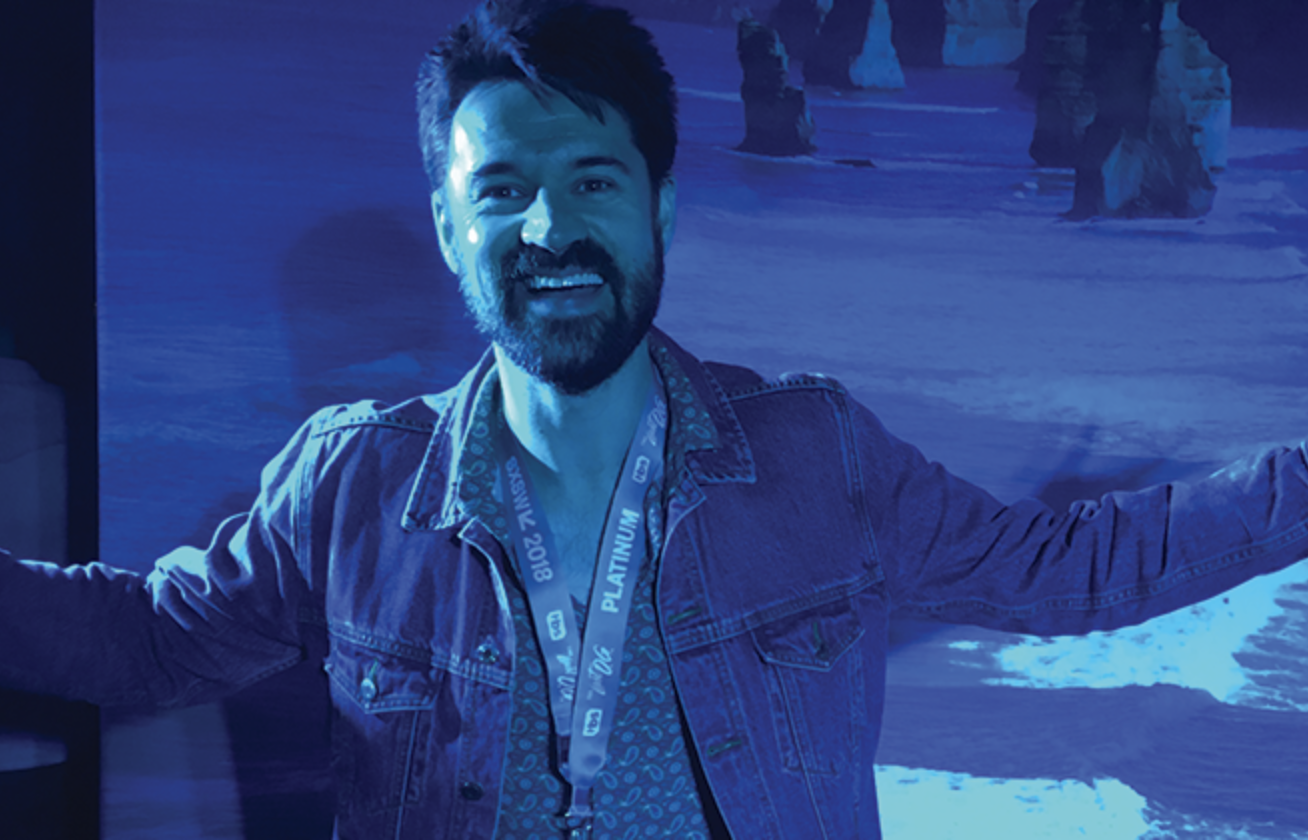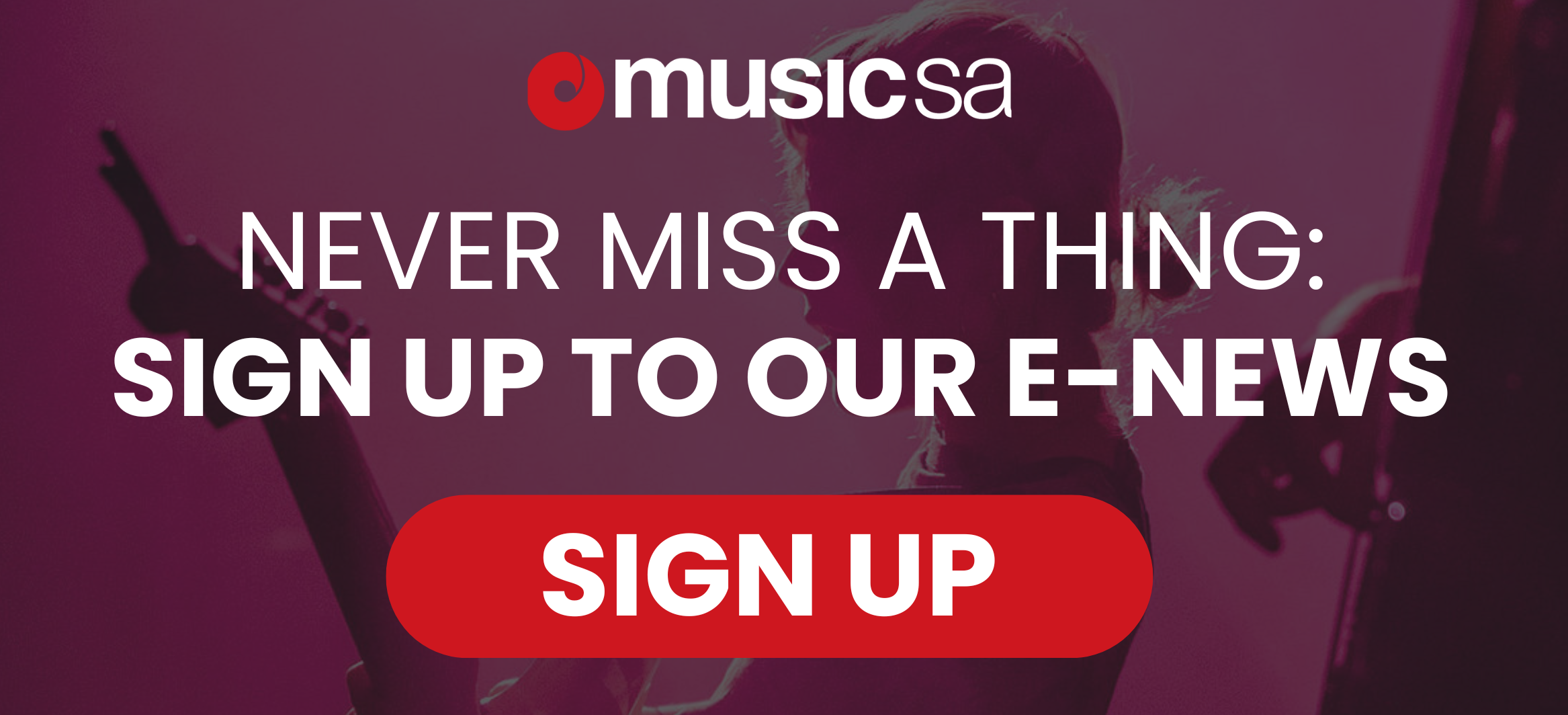And those digital bright spots can lead to overseas touring, recording deals, syncs and more. Sounds Australia’s Digital Export Producer Dom Alessio recently went around the country presenting a masterclass on Digital Pathways to Export, and if you couldn’t make it to one of his talks around the country, here are the essentials.
QUICK FACTS
- Global recorded music revenue in 2017 was US $17.41 billion, 43% of that came from streaming services, up 32% from 2016
- 20,000-24,000 pieces of content are uploaded to music streaming platforms every 24 hours
DIGITAL SERVICE PROVIDERS (DSPs) AND WORKING THE ECOSYSTEMS
You gotta do more than just upload to be in the game. You need to think strategically and algorithmically (very rock n roll), build engagement, and give your music the best chance to stand out. Let’s focus on tips for the key DSPs.
Spotify
- Get fans to follow you – your music will land on their Release Radar, and in their followers’ Discovery Weekly playlist.
- Use the Spotify social media thumbnail across your socials / website.
- Create your own playlists and have fans follow – update even when not in a releasing cycle. Pepper the lists with your own music, follow a theme that means something to you, e.g road songs, new inspirations.
- Catalog playlist – put all your music in one playlist.
- Library – get fans to save your music to their library.
- Submit music direct to Spotify curators before release. They have more than 75,000 artists featured on editorial playlists each week, and another 150,000 on Discover Weekly. Get yourself on a niche playlist and if your song does well, it can graduate from there.
Look to Nicole Millar’s Spotify for a good how-to.
Apple Music:
Remember, all 40m subscribers are paid and Apple is in 115 countries, which is more than Spotify.
- Get fans to follow you
- Service music videos
- Lyrics – include lyrics via your digital distributor if they offer the service.
- Ask your digital distributor about Apple Music and Beats 1 Radio. Follow presenters and Aussie indie music supporters Matt Wilkinson and FBi radio alum and renowned producer/DJ Anna Lunoe on Twitter to see what’s on their radar.
Courtney Barnett’s Apple Music profile shows how to make the most of the platform.
YouTube
More music is played on YouTube than all other DSPs combined according to the IFPI’s 2017 Global Music Report. But your promotion strategy calls for a different approach.
- People are going to YT for audio, not necessarily the visual. So make sure your music is there, use the ‘art track’ feature that your digital distributor can deliver.
- 80% of viewing comes from Suggested Videos, so make sure you’re THERE.
- Make your video discoverable – include info about the release, lyrics, links, socials in the description.
- Post regularly – tell your fans when you’re posting, vary the content. Look to Tash Sultana for a ‘best practice’.
Amazon
It’s the 3rd largest service for on-demand.
- Country and kids music both over perform on the platform.
- Get ready for Amazon Prime and Echo to be game changers for the region.
Pandora
No longer a local player, but massive in the USA.
- Pandora AMP – Make use of this engagement tool, you can make geo-targeted audio ads, choose a feature track for an 8 week period and more.
- Next Big Sound gives you Pandora analytics and other socials metrics.
SO, HOW DO YOU GET ON A PLAYLIST?
- Write good music. Seriously, it’s still the most crucial element.
- Have an engaged fanbase.
- Employ different strategies for the streaming services.
- If you have been putting your music on soundcloud and Bandcamp, bring those fans with you to the DSPs.
- Build your social media fanbase so you have an audience to share news with.
- Speak directly to fans – do not underestimate the value of an email list. Try Botletter through Facebook Messenger.
- Think release strategy – how do you want to roll out singles?
THE PITCH
Remember, 20,000 pieces of content/day, and a limited number of curators who consider what goes on playlists.
- If you pitch direct to a curator, don’t expect to hear back. It’s ok, they have a lot to listen to. Just do the best you can.
- Familiarise yourself with playlists via Chartmetric – track the popular playlists and know which ones to pitch to.
- Target the 3rd party playlists via brands, tastemakers etc.
- Digital distributors can pitch on your behalf, but speak to them about timings that help build your story – a tour, sync, airplay, an interesting collab, competing releases.
- Build your local audience. Focus on your scene first, and the local curators will take notice. They share music with international colleagues.
OUR GOOD FRIEND DATA
Ok maybe data is more of a frenemy, but use that data to help you make a decision, gather it from different sources for a more holistic picture. Dom suggests these tools:
INTO THE FUTURE
Voice is the future. You know, the whole “Alexa, play me something that goes well with coffee and rainy days.” The #1 use for Amazon’s Echo is searching for music. Your metadata is more important than ever (with making good music still being the most important).
So, here’s how to best-practice for the future:
- Deliver lyrics via digital distributor
- Use Lyric Find
- Give context in metadata – moods like chilled, upbeat, concentration etc.
- Consider how consumers will ask a voice assistant to play your music – factor in how your artist name and song titles can be pronounced, and how they can be familiar and memorable.
- Think about the emotions your songs evoke.
DOM’S TAKEAWAYS
- Streaming is NOT retail, it is not radio. It is streaming.
- Streaming is a global promotional tool, it helps you build a fanbase in your scene and out into the big wide world.
- The data has value, use it to find your audience and leverage that to service your music to radio with a story behind it, to book a small tour, to apply for a showcase.
- Turn your listeners into fans. Turn your fans into people who will invest in you via merch, physical products, tours.
INTERNATIONAL PLAYERS
Here’s a handy guide to key DSPs in other regions.
| Service | Region | Notes |
| Deezer | Popular in France, UK, South America (particularly Brazil) | 14m active monthly users |
| Tidal | Available in 52 countries | 3m subscribers |
| Tencent Music | China – popular DSPs under the Tencent umbrella are QQ Music, Kugou, Kuwo | 700m active users |
| Netease | China | 300m active users |
| Xiami Music | China | Owned by Alibaba |
| LINE Music | Japan | Offshoot of the very popular Line Messenger service |
| Anghami | Middle East | 60m active users, target market is Middle East and North Africa |
| Savvn | India | One of the major players, the other being Gaana |
| Gaana | India | YouTube is also very popular in India |
| Melon | South Korea | 28m subscribers. Genie and MNET are also popular. |
| Yandex Music | Russia, Ukraine, Belarus, Kazakhstan | Yandex is Russia’s major search engine. Aussie artists regularly feature on playlists. |
Link to original news story on the Apra Amcos site here>


